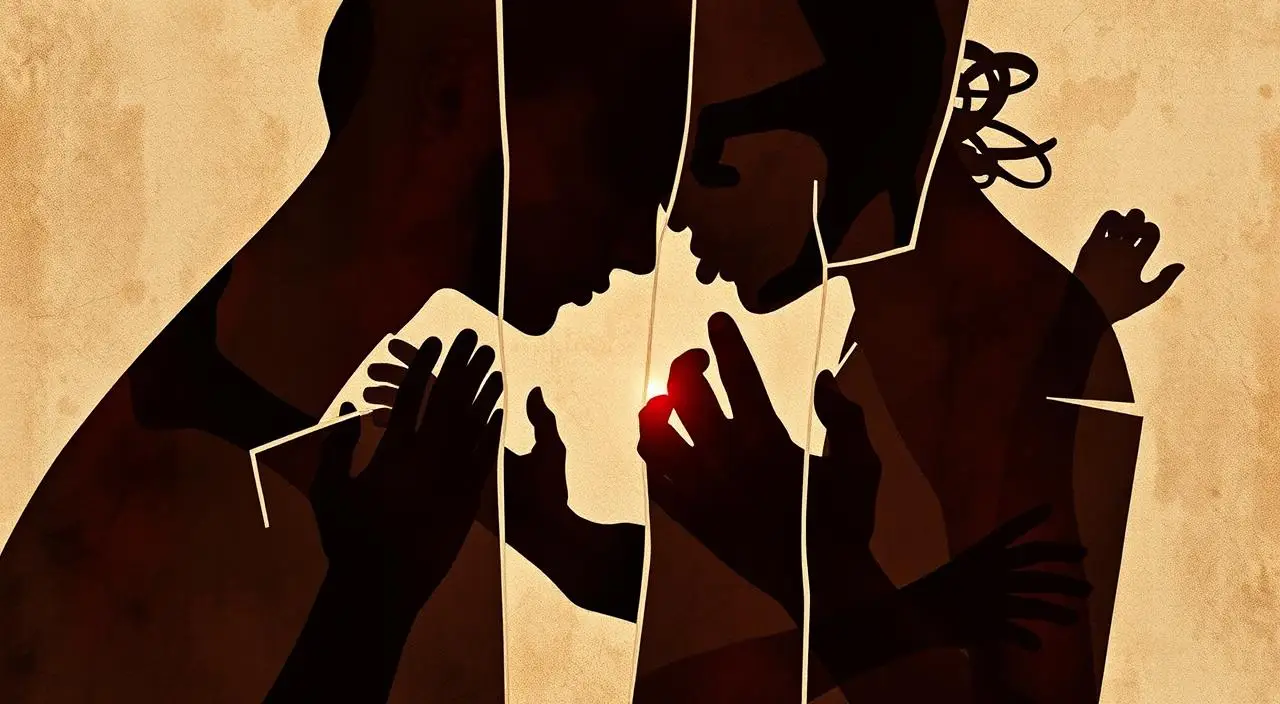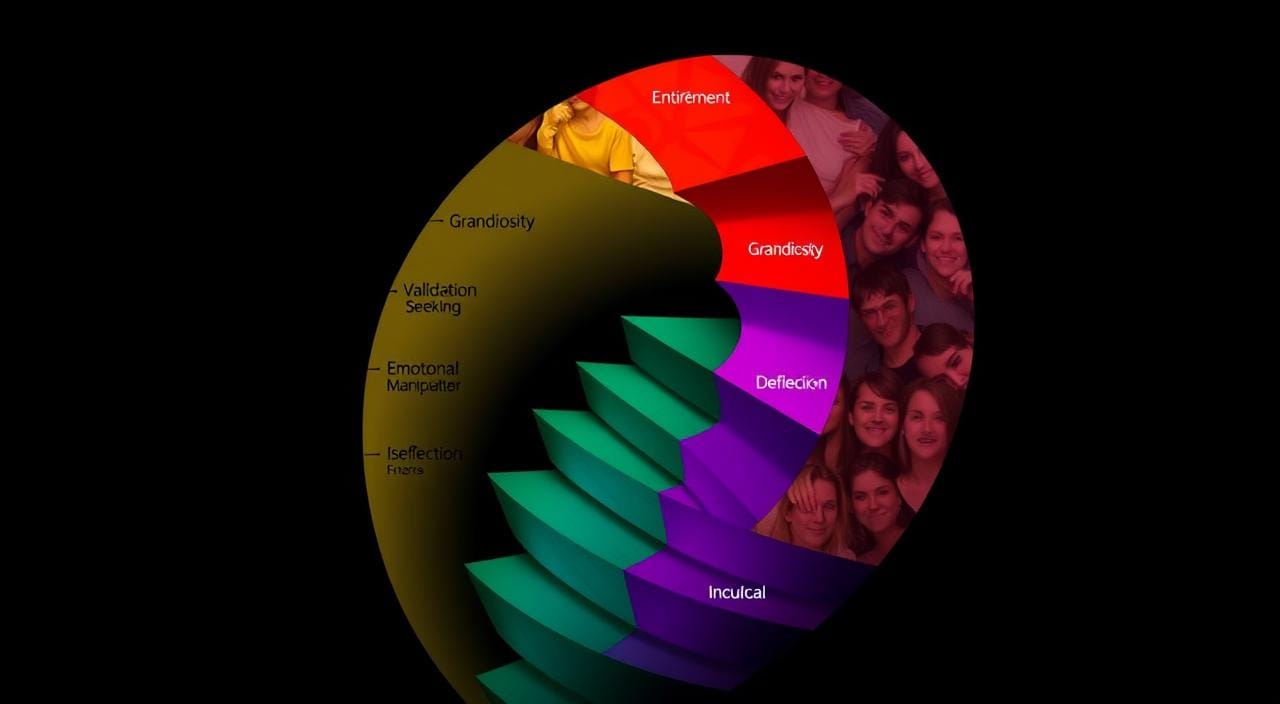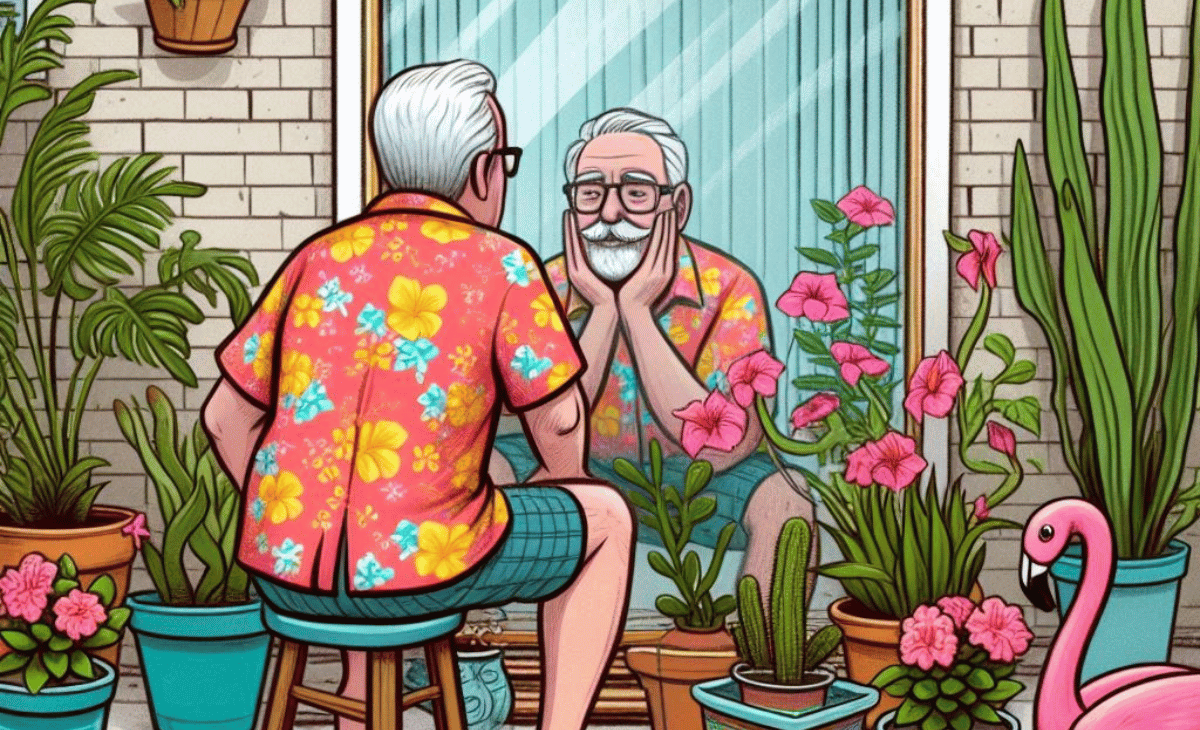Domestic violence is a huge problem in our country, affecting many families. We often wonder if abusers can change their ways. This question is crucial for those who want to escape abuse and live safely. Learn Do Abusers Stop Being Physically Abusive.
Statistics show that once someone is hurt, they are likely to be hurt again1. Emotional and financial abuse are also common1. Sadly, many abusers threaten their victims to control them1. It’s also true that physical abuse can get worse over time1. Even men can be victims, often facing verbal and emotional abuse1.
We need to understand the harsh truth about domestic violence. But we also hope for change. Can abusers stop their abusive ways? Or are they stuck in a cycle? This article will look into why abusers behave the way they do, if they can change, and how survivors can find safety and freedom.
Key Takeaways
- Abusive behavior, including physical violence, is often a pattern that is difficult to break.
- Emotional, financial, and psychological abuse are common tactics used by abusers to maintain control.
- Victims of abuse, regardless of gender, may experience a range of trauma and health consequences.
- While change is possible, it requires significant effort and commitment from the abuser, often with the support of specialized programs and therapy.
- Survivors have the right to prioritize their safety and wellbeing, which may involve establishing boundaries or leaving the relationship.
The Possibility of Change in Abusers
Changing abusers’ behavior is tough, but it’s possible. It takes a lot of time and effort2. Only a small number of abusers actually change, but it’s worth trying for those who want to2.
Exploring the Question of Whether Abusers Can Change Their Behavior
Experts say abusers can change if they want to and get the right help3. Studies show that those who get help are less likely to hurt again3. But, changing takes a long time, often a year or two3.
It’s a big commitment to therapy and changing how you think and act3.
Statistics on Abuser Rehabilitation Programs
Those who go to therapy and join groups can make big changes in a year or two3. More men are abusers, but they often hide their true selves3. They think they deserve special treatment, which makes changing hard3.
Victims often don’t get the right help, which makes things worse for the abuser3.
Changing abusers is possible, but it needs a long-term effort and facing deep issues23.
The Four Pillars that Make it Hard for Abusers to Change
Domestic violence patterns and abusive relationship cycles often continue due to deep psychological factors. These factors, known as the “four pillars,” make it very hard for abusers to change, even with lots of therapy and programs.
- A faulty belief system that justifies their actions and distorts their view of reality.
- A strong desire for image management, where they create a positive public image to hide their abuse.
- A deep sense of entitlement, believing they deserve special treatment and privileges.
- A preference for preferential treatment, expecting to be treated better than others.
These complex attitudes and behaviors are deeply rooted in the abuser’s mind. It’s hard for them to admit their wrongdoings and truly change4. Even when they seem to improve, their old beliefs and sense of superiority often come back, stopping any real progress5.
“Successful abusers who genuinely change exhibit a comprehensive shift in attitude leading to a transformation in behavior, rather than temporary displays of superficial kindness.”5
Overcoming these four pillars takes a lot of effort from the abuser and the help of special counseling and programs. Without tackling these deep patterns, the cycle of abuse will likely keep going. This makes it a big challenge for those trying to escape its grip.
The First Pillar: A Faulty Belief System
At the heart of an abuser’s emotional makeup lies a distorted belief system. This is often rooted in patriarchal attitudes and misogynistic views6. These beliefs, both conscious and unconscious, justify the abuser’s need to overpower and control their partner. It’s hard for the abuser to see these beliefs as harmful, let alone change them.
Survivors of abuse often struggle with complex emotions and thoughts6. They may see themselves as “bad” to rationalize the abuse, while seeing their abusers as “good.”6 They also believe they have no rights or are undeserving of protection, making it hard to stand up to their abusers6.
The abuser’s distorted thinking and beliefs affect more than just the victim’s self-perception6. Survivors may hope their abusive partner will change, believing changing their own behavior could change the abuser’s treatment6. This emotional attachment and dependency can be deeply rooted, even in adulthood, as a result of childhood abuse6.
These faulty beliefs can also affect religious counseling practices7. Some biblical counselors advise victims to reconcile with their abusive partners, showing flaws in their beliefs and approach7. This focus on traditional gender roles and keeping marriages together, even in the face of abuse, is a concerning trend in some Christian education institutions7.
Recognizing and addressing the abuser’s distorted beliefs is key to breaking the cycle of abuse8. With over 50% of American couples experiencing at least one incident of intimate partner violence during their marriage, and 10-20% of all marriages involving regular and repeated violence8, it’s clear we need to understand and act on this issue comprehensively.
| Statistic | Value |
|---|---|
| Domestic violence incidents per 15 seconds in the US | 18 |
| Couples that will experience at least one incident of intimate partner violence during marriage | Over 50%8 |
| Marriages involving regular and repeated violence | 10-20%8 |
| High school students who have experienced physical violence in dating relationships | 10%8 |
| College students who have experienced physical violence in dating relationships | 22%8 |
| Workplace problems (absenteeism, medical benefits) due to family violence | 25%8 |
| Battered women who reported their pets were threatened, harmed, or killed by their partners | 49-71%8 |
| Reported cases of adult domestic violence involving women | Nearly 85%8 |
“Survivors often have complex feelings towards their abusers, including a mixture of love, anger, fear, and loyalty.”6
The Second Pillar: Image Management
Abusers work hard to keep up a good image to hide their true nature9. They might help out in the community or share fake stories with loved ones. They also try to make the victim look bad. This makes it hard for others to see the abuser’s true self9.
Abusers use tricks to confuse and control their victims10. They might insult, use sarcasm, or ignore the victim’s feelings10. They might even deny the victim’s existence or feelings10. These actions aim to lower the victim’s self-confidence and make it tough for them to speak out.
The abuser’s image is carefully made to look good in public9. They might seem nice and caring outside, but be mean and controlling at home9. This mix can be very confusing and hurtful for the victim, who struggles to understand the difference between the abuser’s public and private sides.
| Abusive Tactics | Examples |
|---|---|
| Verbal Abuse | Calling names, making derogatory statements, using sarcasm or demeaning tones10 |
| Emotional Manipulation | Refusing to acknowledge the victim’s existence, denying or belittling feelings and intentions10 |
| Coercive Behaviors | Threats involving pets, family members, or possessions, coercive sexual behavior10 |
| Financial Abuse | Restricting access to bank accounts, controlling paychecks, forcing financial dependence10 |
| Destructive Behaviors | Disregarding sentimental items, gaslighting, hiding personal belongings10 |
| Physical Abuse | Hitting, kicking, choking, forcing self-defense practices, pushing out of a moving car10 |
The abuser’s focus on a good image makes it hard for them to be held accountable9. It lets them keep being abusive while showing a false side to the world. This makes it tough for victims to get help and support9.
“The abuser’s public persona is a meticulously crafted façade that conceals the true nature of their abusive behavior. This ‘cloud of confusion’ is a tactic designed to manipulate and control the victim, making it harder for them to break free and seek help.”

The Third Pillar: Entitlement
Abusers have a strong sense of entitlement. They believe they deserve special treatment and power in the relationship, no matter what. This makes it hard to change their ways because they don’t want to give up their control11.
They see themselves as the boss and expect their partner to follow without question. To keep this power, they might use manipulation or gaslighting11. This way of thinking is hard to change because it’s deeply rooted in their beliefs.
Scriptures talk about how abusers feel entitled and lack empathy. Even if they stop certain bad behaviors, their core beliefs stay the same11. Changing this mindset is key for them to stop being abusive.
Understanding the third pillar of entitlement is crucial when thinking about abusers stopping their abuse. This belief in their own superiority is a big challenge to overcome. It’s a key step towards real change.
The Fourth Pillar: Preferential Treatment
The fourth pillar of abuse is when abusers get special treatment from their friends, church, or work community12. When people close to the abuser ignore the victim’s story, it makes the abuse worse12. This group support makes it tough to hold the abuser accountable and help the victim heal.
Unfortunately, churches and other groups often protect the abuser’s image over the victim’s well-being12. For example, Dr. Donald Cline secretly used his sperm to father many children without their consent12. He got a light sentence and a small fine, with church members speaking up for him12.
Abusers often deny their actions at first, then admit to some of it12. This means the real number of victims might be higher12. Leaders and groups have also covered up abuse, like Doug Wilson and John MacArthur12.
The support for the abuser keeps the cycle going and hurts the victim13. Victims often feel left out by everyone, leading to feelings of helplessness13. The silent treatment can be especially damaging, causing victims to stop eating or even think about harming themselves13.
To stop this, we need to change how society views abuse12. We should focus on helping the victim and holding the abuser accountable12. There are steps we can take, like talking to victims and making sure the abuser takes responsibility12.
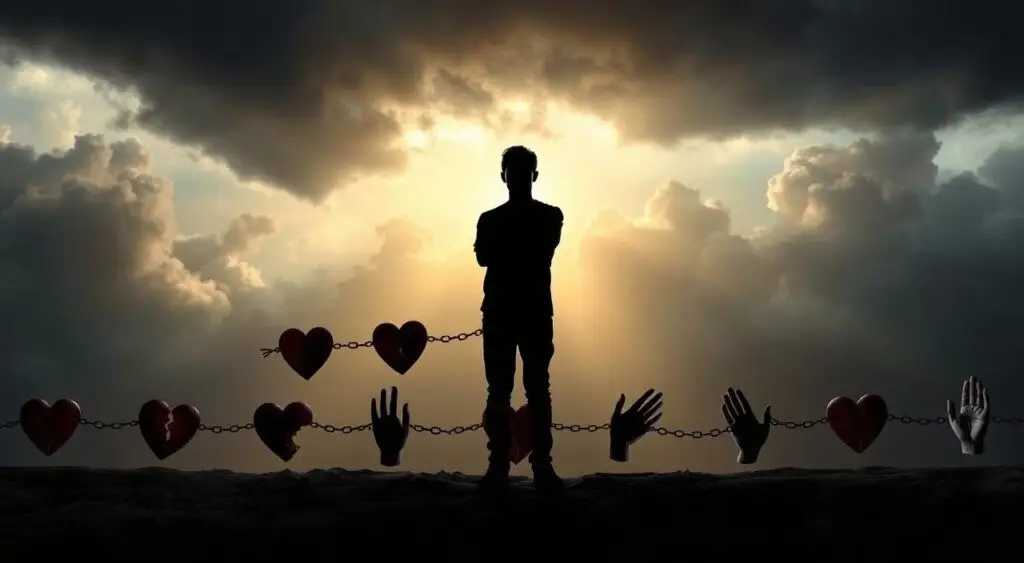
By tackling the fourth pillar of abuse, we can build a fairer world. A world where survivors are heard and supported.
Do Abusers Stop Being Physically Abusive
The idea that abusers might stop being physically abusive is a topic of much debate. Some studies show that court-ordered programs can help some abusers not repeat their behavior. But, the chances of an abuser stopping for good are very low14.
Exploring the Possibility of Abusers Stopping Physical Abuse
Only a small number of abusive men are willing to change deeply enough to stop15. Most abusers don’t fully admit to their past, make empty promises, and find it hard to be respectful all the time15.
Statistics show that 10 to 18 percent of those arrested for domestic violence are arrested again within six months14. Up to 60 percent are arrested again within 10 years14. This shows a pattern of repeated abuse, which is a big worry14.
Changing an abuser’s ways is hard and not many succeed. Survivors should always put their safety first when thinking about an abuser’s change. The risk of abuse getting worse over time is very real14.
“Many abusers make promises to change but often fail to follow through on their commitments.”15
To break the cycle of abuse, long-term therapy and rehab are needed. These programs must tackle the deep reasons behind the abuse, like distorted beliefs and a sense of entitlement1415. But, even with these efforts, stopping abuse for good is a big challenge1415.
The Emotional Intelligence Connection
A key factor in an abuser’s behavior is their low emotional intelligence. They often struggle to control their emotions and understand their partner’s feelings. This makes it hard for them to communicate respectfully16.
Abusers are often impulsive and defensive. They find it hard to reflect on their actions16. This makes changing their behavior very difficult16.
Emotional abuse includes many forms of psychological manipulation. This includes verbal, narcissistic, and financial abuse16. Many abusers don’t see their actions as wrong16.
They usually don’t want to grow personally. This helps them keep control over their victims16.
Victims of emotional abuse often feel isolated and unheard16. They may lose their self-esteem and passion for life. They also try very hard to please the abuser16.
Tragically, victims often blame themselves for the abuse16. This makes them lose trust in themselves and their autonomy16.
Emotional abuse can deeply harm a person’s mental and physical health17. It can even lead to autoimmune diseases17. Abusers use a cycle of love, devalue, and discard to control their victims17.

The abuser’s low emotional intelligence and defensive behavior make it hard for them to change16. It’s important to address this to break the cycle of abuse17. This helps both victims and abusers to heal17.
The Patterns of Complexity
Domestic violence patterns are complex. They stem from four main pillars: a faulty belief system, image management, entitlement, and preferential treatment. These are mixed with low emotional intelligence. This mix creates deep attitudes and behaviors that are hard to change18.
Abusers often show a charming side in public. This makes their actions seem justified and makes it tough for victims to get help18. This hidden nature of abuse helps the abuser’s distorted views and sense of entitlement. It keeps the cycle of violence going18.
How the Pillars of Abuse and Low EQ Contribute to Abusive Behavior
The abuser’s wrong beliefs and need to control their image make change hard18. Their sense of entitlement and expectation of special treatment make their abuse worse. It’s hard for them to see the need to change18.
Their low emotional intelligence also plays a big role. It stops them from feeling their partner’s pain and understanding their actions’ effects. This lack of emotional understanding makes it hard for both the abuser and the victim to escape the cycle18.
Breaking free from abuse needs a detailed plan. It must tackle the pillars of abuse and the abuser’s emotional intelligence issues18. Quick fixes don’t work. Real change takes time and a true desire to face one’s flaws18.
Breaking the Cycle of Abuse
Escaping the cycle of abuse is tough but doable for survivors. The first step is to focus on personal safety and get help from trusted people or counselors19. Those leaving abusive relationships often face low self-esteem, limited skills, and financial dependence19. Yet, with the right help and determination, it’s possible to break free.
The cycle of abuse involves destructive and constructive behaviors, with power shifts between the abuser and victim20. It can grow from subtle to physical, verbal, or emotional abuse20. Survivors must recognize the abuse, seek support, regain confidence, and change how they react to the abuser20.
Having supportive people around is crucial in breaking the abuse cycle19. Counseling, meditation, and spirituality help survivors heal and make their own choices19. It’s important to listen without judgment and offer choices, letting them decide19.
Patience and understanding are key when helping victims of abuse break the cycle, as change may take significant time.19 With the right support, survivors can escape domestic abuse and create a safer future.

| Stages of the Abuse Cycle | Characteristics |
|---|---|
| Tension Building | Increased stress, arguing, and emotional abuse |
| Acute Battering Incident | Physical, verbal, or emotional abuse |
| Honeymoon Phase | Abuser shows remorse, promises to change, and exhibits affectionate behavior |
“The cycle of abuse can be broken, but it takes time, patience, and a strong support system. Survivors must prioritize their safety, seek professional help, and take steps to regain their independence and self-worth.”
Seeking Professional Help
Survivors of domestic violence face big challenges when leaving an abusive relationship. Getting professional help is key. It helps rebuild self-esteem, create a safety plan, and understand the complex steps to leave an abusive partner21.
The Importance of Counseling and Support for Survivors
Counseling and support are crucial for survivors. They offer a safe space to share, process emotions, and learn coping strategies21. Counselors also help create a safety plan. This includes spotting red flags, finding emergency contacts, and getting immediate help21.
Support groups and advocacy services are also vital. They provide community and resources. Sharing experiences with others can make survivors feel less alone and more empowered21. Advocacy services help with legal issues, finding temporary housing, and accessing other important services21.
Survivors must prioritize their safety when seeking help. This means using private phones or computers to avoid detection21. Changing passwords for sensitive accounts can also protect privacy21.
Seeking help is a brave step towards freedom. The journey is tough, but with the right support, survivors can heal and move on22.
“Every call to seek help for unhealthy behaviors represents an opportunity for positive change.”22
Leaving an Abusive Relationship
Escaping domestic abuse is very hard and risky. It needs careful planning, resources, and support. Knowing the signs of abuse and having a safety plan are key before leaving.
Studies show survivors try about 7 times before they finally leave for good. People with physical disabilities are 5 times more likely to be abused23. Immigrants face extra challenges, like fear of deportation and language barriers23.
Leaving an abusive relationship is a long and hard journey. It often involves going back and forth before staying away for good2324. Domestic violence usually gets worse over time, and the most dangerous time is right after leaving24.
- Have a safety plan, including a safe place and how to get there.
- Get help from domestic violence organizations for safe leaving and resources.
- See a lawyer to know your rights and options, like getting a protective order.
- Build a support network of trusted people who can help emotionally and practically.
Leaving an abusive relationship is tough but necessary for safety and healing. With the right planning, support, and resources, survivors can start a new, safe life.
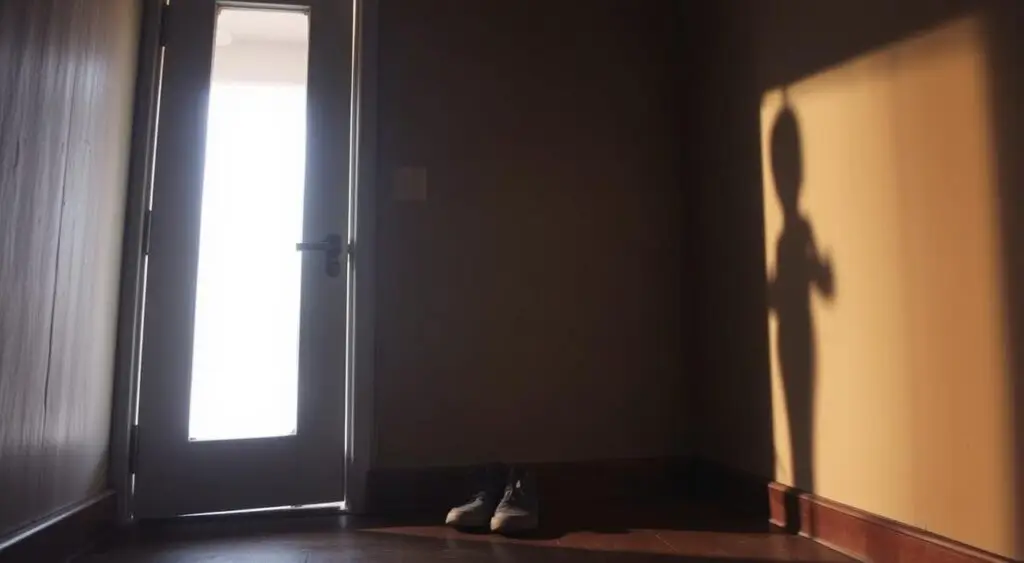
Remember, the abuse is not your fault. You deserve a safe and healthy life. Seek help and focus on your safety when leaving an abusive relationship2324.
Supporting Survivors of Domestic Violence
Helping survivors of domestic violence is key. We can offer emotional support, practical help, and connect them with professional resources. It’s vital to avoid blaming the victim, respect their choices, and grasp the complex nature of abuse.
Survivors often go back to their abusers seven times before they leave for good25. They may feel trapped due to financial issues, children, housing, disability, fear, or love25. Abusers use tricks like gaslighting to keep their victims in the relationship25.
Helping a survivor can be tough, and we might feel secondary trauma25. But, encouraging small steps and finding options that fit their needs can help them make their own decisions25. There’s no single way to deal with domestic violence, and support should match each person’s situation, like for teens or LGBTQ+ individuals25.
Domestic violence is a big problem, with nearly 20 people per minute in the US being abused by a partner26. This adds up to over 10 million men and women26. Sadly, having a gun in a domestic violence situation makes the risk of murder 500 percent higher26.
Survivors face many barriers to leaving, like fear, shame, intimidation, low self-esteem, lack of resources, and more27. Giving the right support and resources can help them make a safe choice for themselves.
“Leaving is often the most dangerous period of time for survivors of abuse.”27
By understanding the complexities of domestic violence and offering caring support, we can help survivors move towards safety and healing. Together, we can build a society that supports and empowers those affected by this widespread issue.
Conclusion
The question of whether28 abusers can stop being physically abusive is complex. Change is possible with long-term effort and the abuser’s real commitment. But, the deep patterns of29 domestic violence make it rare.
The four pillars of abusive behavior – faulty beliefs, image management, entitlement, and preferential treatment – are big hurdles. These obstacles make real change hard.
Survivors need to focus on their safety and get professional help. They should be ready to leave the29 abusive relationship if the abuser won’t change. Understanding abuse and its challenges helps us support survivors better.
But, sadly, only a few abusive men may change through programs. Ending physical abuse and29 domestic violence needs a big effort. This includes changing society, educating people, and abusers facing their28 harmful actions.
We must stay vigilant, empathetic, and dedicated to helping survivors. Our goal is a future without29 abusive relationships.
FAQ
Do Abusers Stop Being Physically Abusive
The question of whether abusers can stop being physically abusive is complex. Some experts think change is possible with the right motivation and therapy. But, statistics show it’s rare for an abuser to fully change.
What factors make it difficult for abusers to change their behavior?
Abusers often have deep psychological issues that make change hard. These include a faulty belief system, image management, a sense of entitlement, and a preference for special treatment. These attitudes and behaviors are tough to change, even with lots of therapy.
Can abusers successfully complete rehabilitation programs?
Studies show that abusers in intervention programs are less likely to offend again. But, changing is hard and takes a long time, often one to two years. It requires a big commitment to therapy and changing old beliefs and behaviors.
How can survivors prioritize their safety when considering an abuser’s potential for change?
While abusers can try to stop physical abuse, it’s very hard and rare. Survivors must focus on their safety and well-being. They should get professional help, make a safety plan, and be ready to leave if the abuser can’t or won’t change.
What is the role of emotional intelligence in an abuser’s ability to change?
Abusers often have trouble controlling their emotions, understanding their partner, and talking respectfully. Their impulsiveness, defensiveness, and lack of self-reflection make changing their abusive ways very hard.
Source Links
- Domestic Violence and Abuse – HelpGuide.org – https://www.helpguide.org/relationships/domestic-abuse/domestic-violence-and-abuse
- Is Change Possible In An Abuser? – https://www.thehotline.org/resources/is-change-possible-in-an-abuser/
- Can Abusers Change? 5 Almost Impossible Obstacles Explained – https://themendproject.com/can-abusers-change/
- 4 Stages In The Cycle Of Abuse And How To Heal – Makin Wellness – https://www.makinwellness.com/cycle-of-abuse/
- How to assess an Abuser’s Claims of Change – http://www.ivsha.org/get-help-with-abuse/domestic-violence/assess-abusers-claims-change/
- Adult Survivors Continuing Relationships with Abusive Family – Pandora’s Project – https://pandys.org/articles/2021/adult-survivors-continuing-relationships-with-abusive-family/
- Biblical Counseling and Horrid Perspectives on Abuse: How Did Things Go So Wrong? – Bare Marriage – https://baremarriage.com/2022/04/biblical-counseling-and-abuse/
- Clergy perspectives on domestic violence – https://www.goarch.org/documents/32058/5478358/Domestic Violence Manual/bc0cc510-f51b-430a-b920-6b8b7e916472
- It’s Not Your Fault – The Mend Project – https://themendproject.com/am-i-the-victim-of-emotional-abuse/its-not-your-fault/
- Things Abusers Say and Do to Gain Power Over You – https://verbalabusejournals.com/about-abuse/things-abusers-say-do/
- 3 Empowering Words For Victims | BTR.ORG – https://www.btr.org/3-empowering-words-for-victims/
- A 7 Point Plan for the Church to Care for Victims, not Support Abusers – Bare Marriage – https://baremarriage.com/2022/05/church-care-victims-not-support-abusers/
- Silent abuse – The mind game by Teresa Cooper – No 2 Abuse – https://www.no2abuse.com/articles/comments/silent-abuse/
- Will Domestic Abuse Happen Again? – https://www.domesticshelters.org/articles/identifying-abuse/will-it-happen-again
- Can my emotionally abusive partner change? – http://jessicaknightcoaching.com/can-my-emotionally-abusive-partner-change/
- My Healing Journey from Being an Emotional Abuser – The Overwhelmed Brain – https://theoverwhelmedbrain.com/the-healing-journey-of-the-emotional-abuser/
- Recognize these Subtle but Extremely Real Forms of Emotional Abuse. – https://medium.com/@katiabeeden/recognize-these-subtle-but-extremely-real-forms-of-emotional-abuse-2d5a6be0d789
- Why Domestic Violence Offenders Don’t Change | Avoiding Pitfalls – https://www.ananiasfoundation.org/why-domestic-violence-offenders-dont-change/
- Helping Victims Break The Cycle of Abuse – American SPCC – https://americanspcc.org/helping-victims-break-the-cycle-of-abuse/
- Breaking the Cycle of Abuse: Help for Victims – https://harrishousestl.org/breaking-cycle-abuse-help-victims/
- How to Get Out of an Abusive Relationship – HelpGuide.org – https://www.helpguide.org/relationships/domestic-abuse/getting-out-of-an-abusive-relationship
- Help for Abusive Partners – https://www.thehotline.org/support-others/help-for-abusive-behaviors/
- Why It’s So Difficult to Leave | Women Against Abuse – https://www.womenagainstabuse.org/education-resources/learn-about-abuse/why-its-so-difficult-to-leave
- If you’re in an abusive relationship and need to leave, here’s what you need to know. – https://zawn.substack.com/p/if-youre-in-an-abusive-relationship
- Supporting Someone Who Keeps Returning – https://www.thehotline.org/resources/supporting-someone-who-keeps-returning-to-an-abusive-relationship/
- Will the abuse ever end? Probably not | The Center for Relationship and Sexual Health (CRSH) – https://crsh.com/2023/09/15/will-the-abuse-ever-end-probably-not/
- Why People Stay – https://www.thehotline.org/support-others/why-people-stay-in-an-abusive-relationship/
- Can Abusive Men Change? – https://medium.com/@jeanhatchet/can-abusive-men-change-18ec237fa50e
- The REASON BEHIND Abusive Men’s Regime of Control – https://dremmakatz.substack.com/p/the-reason-behind-abusive-mens-regime
